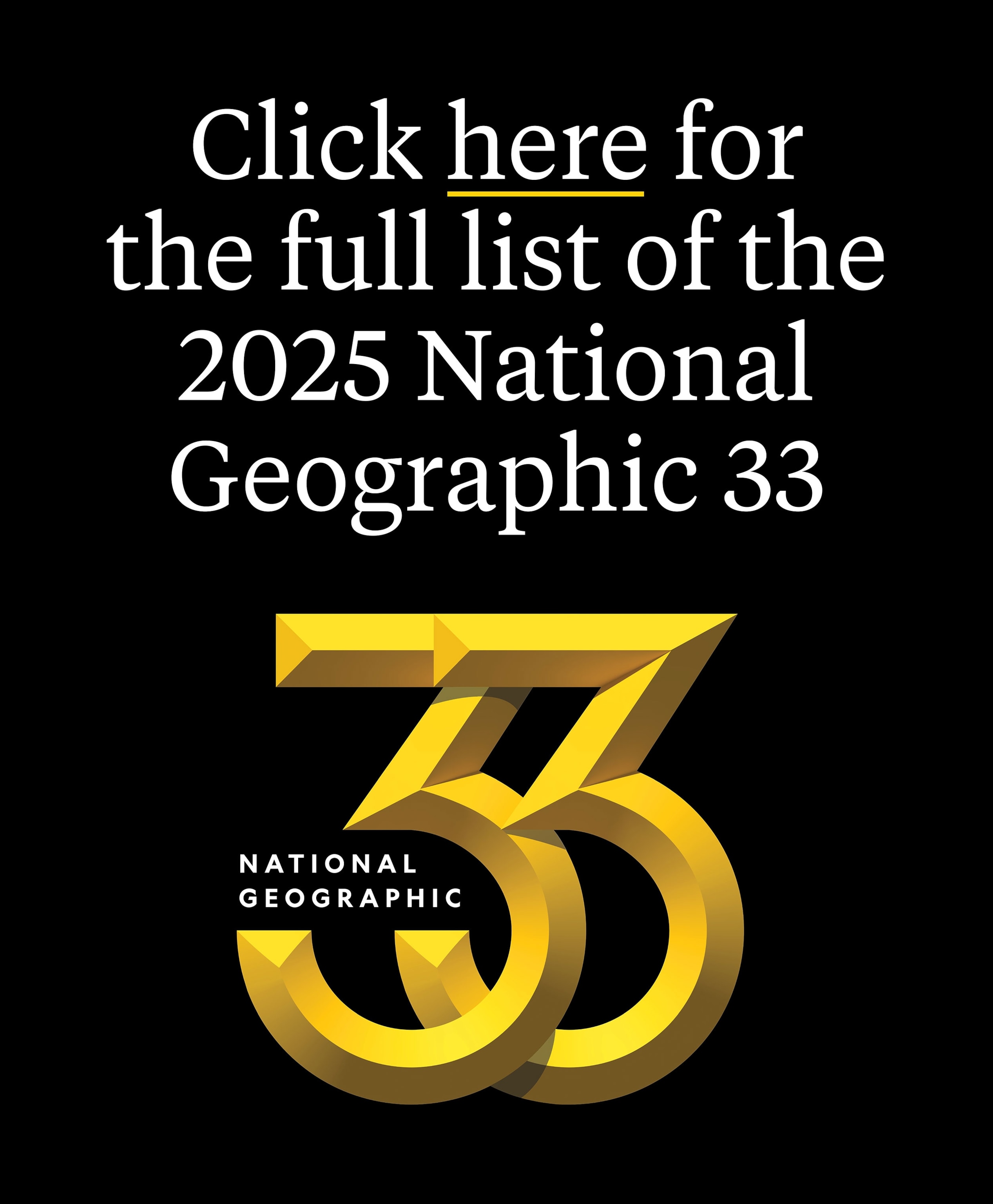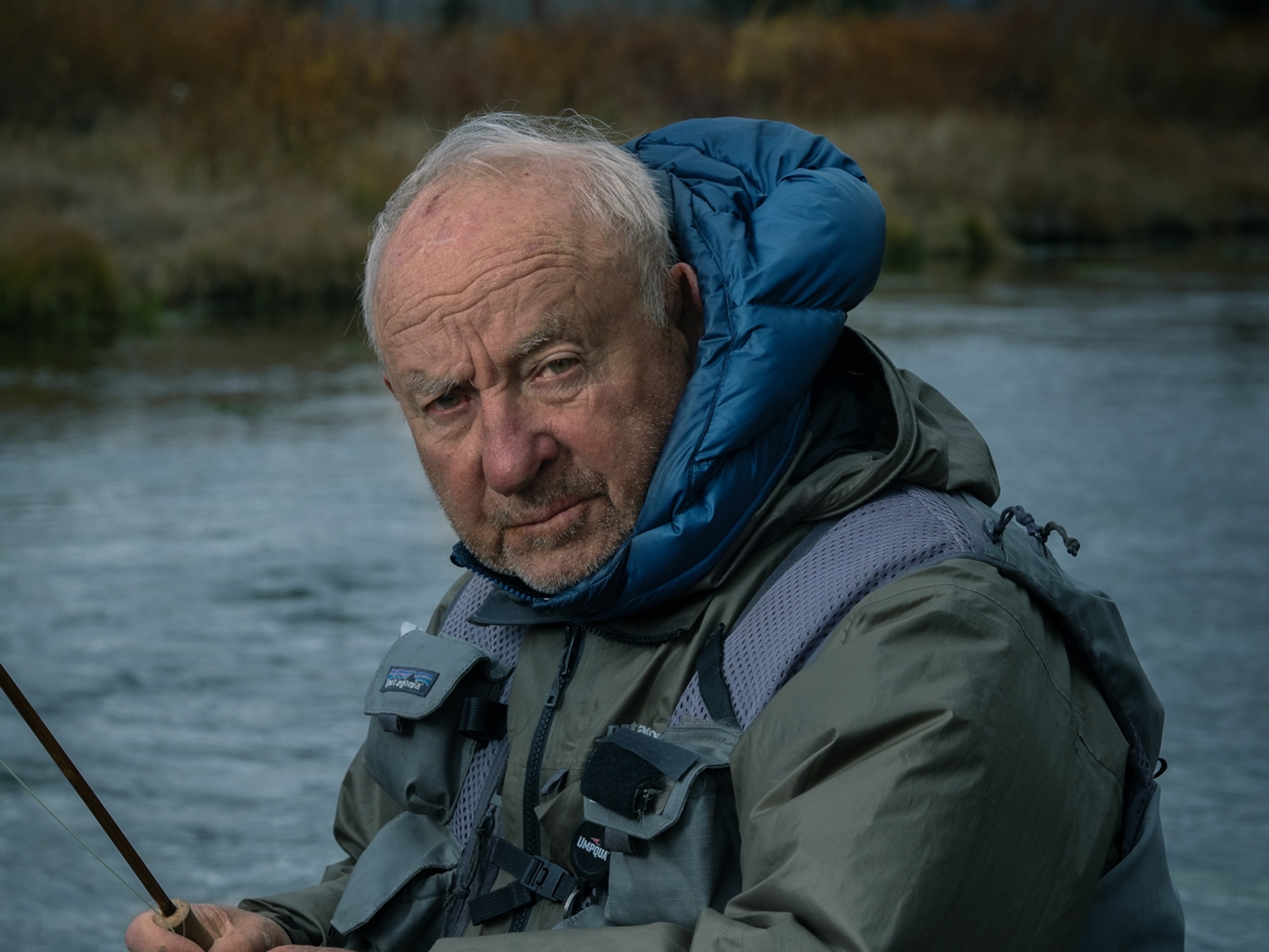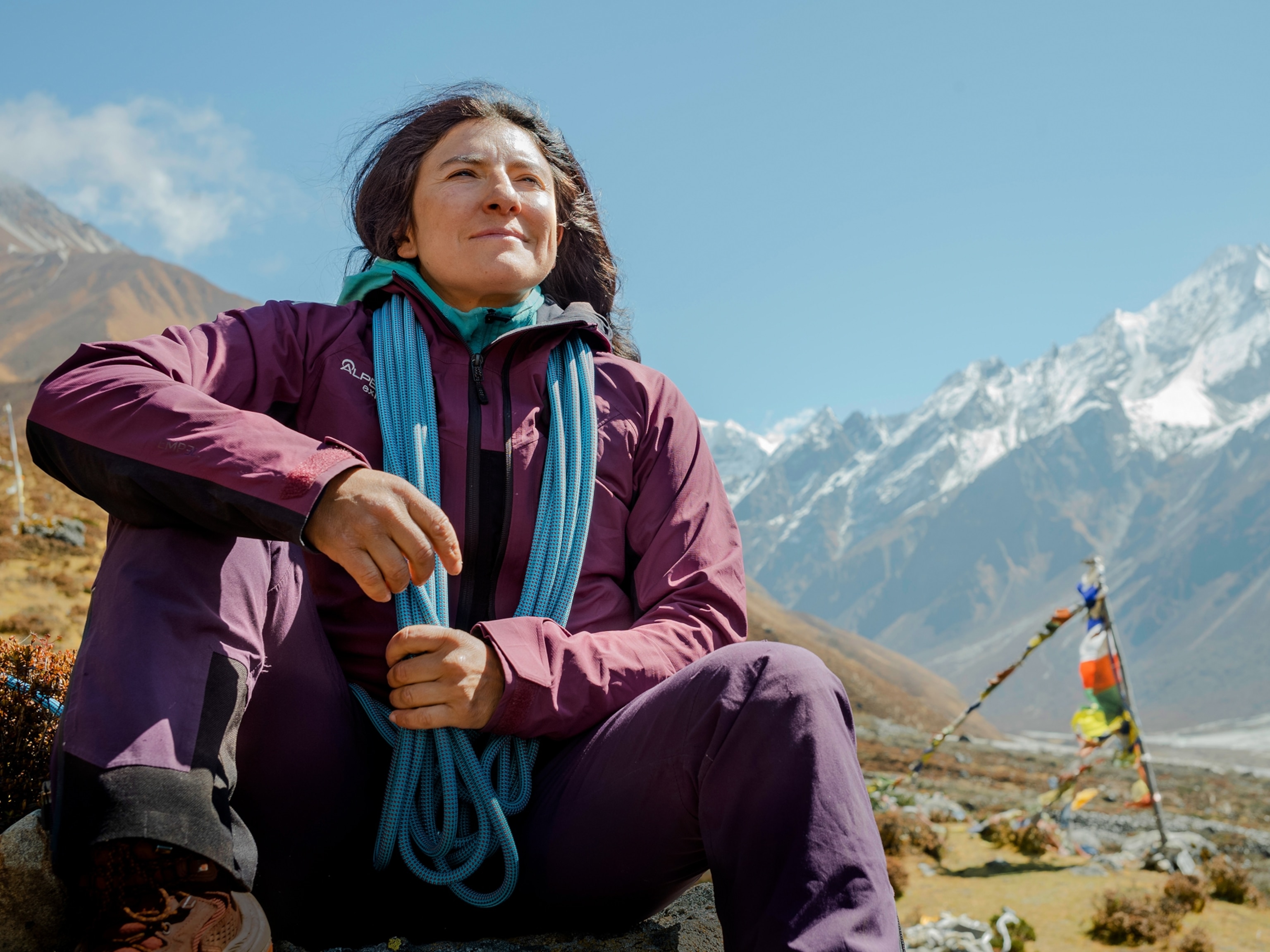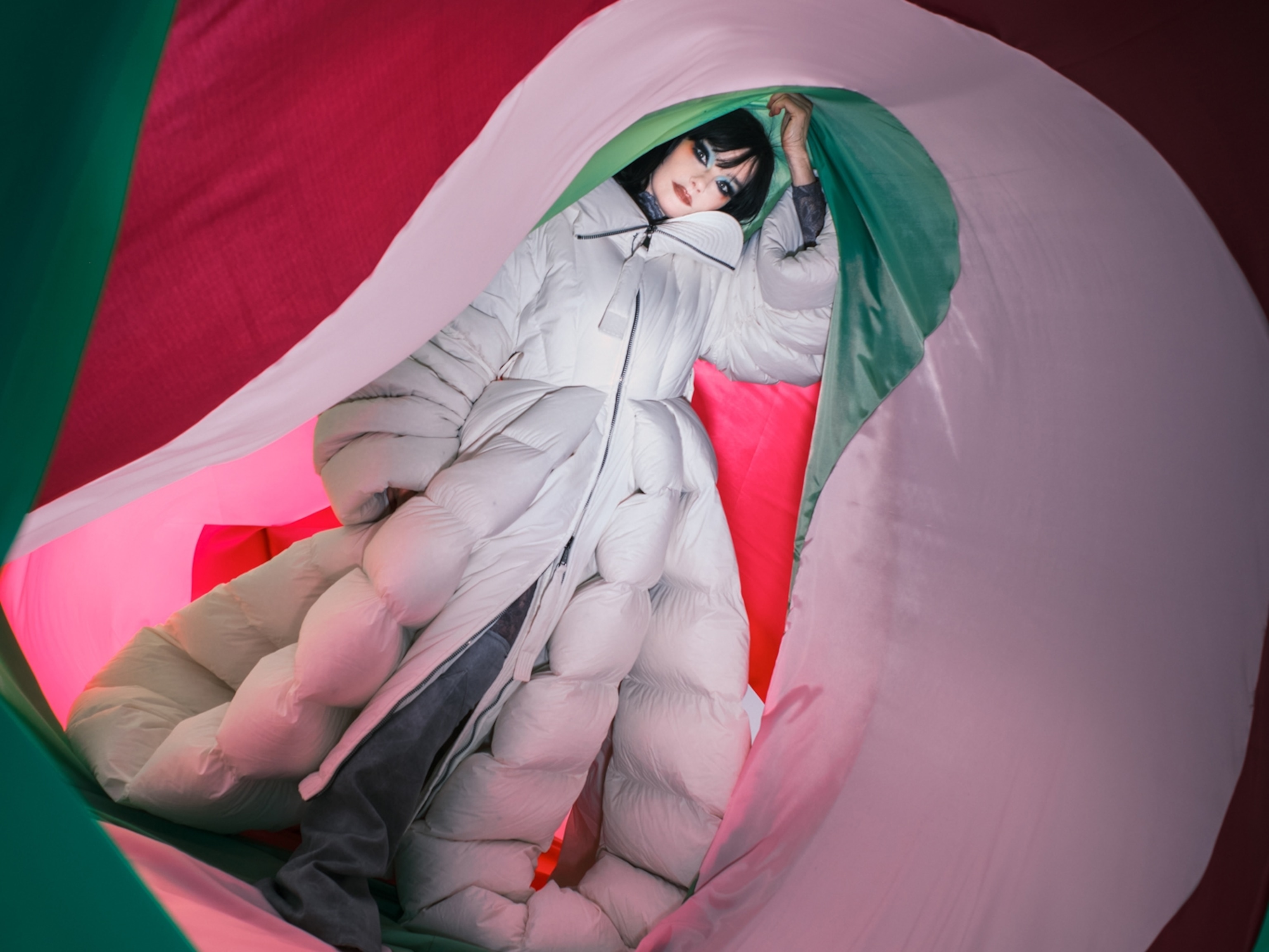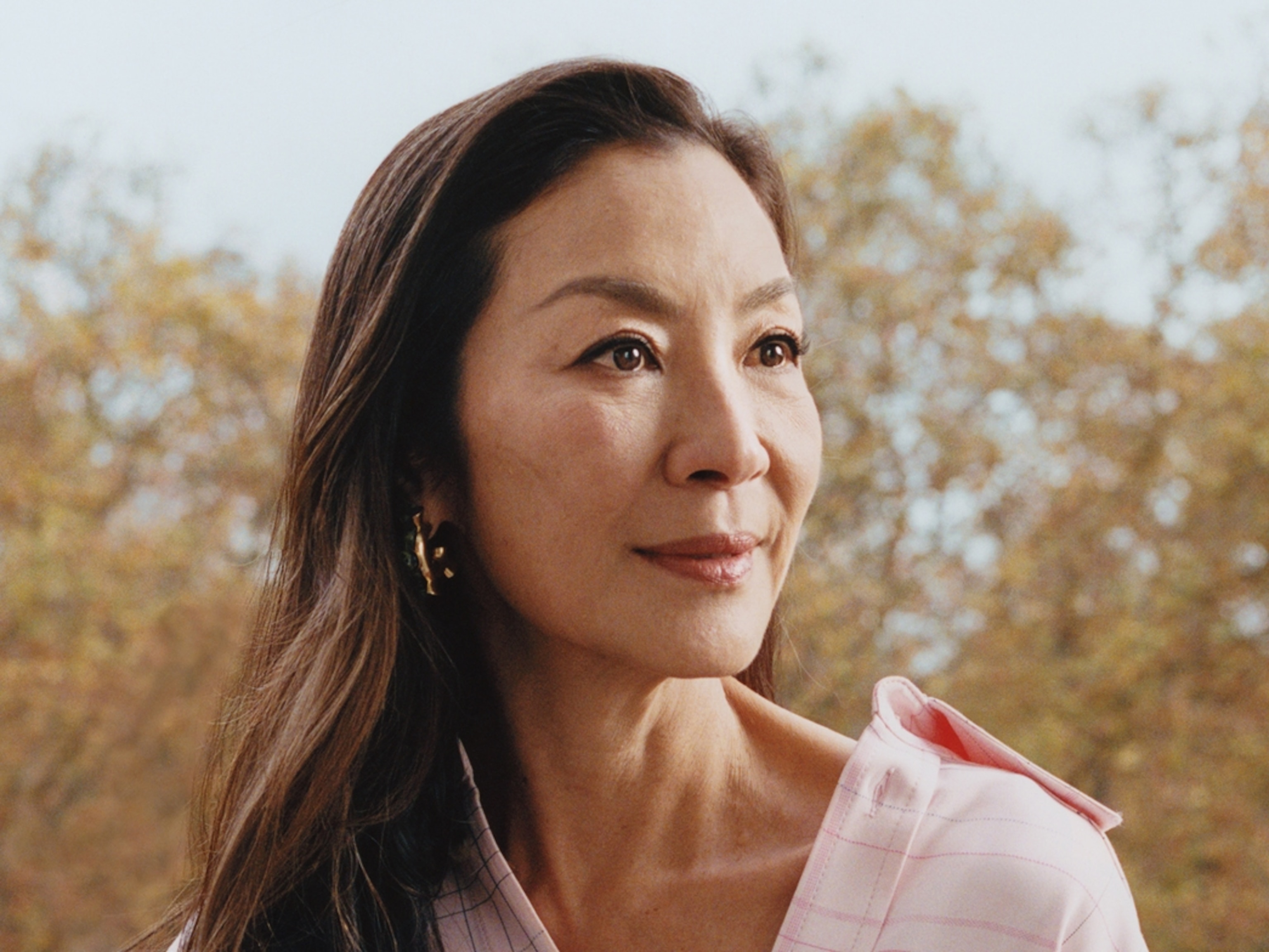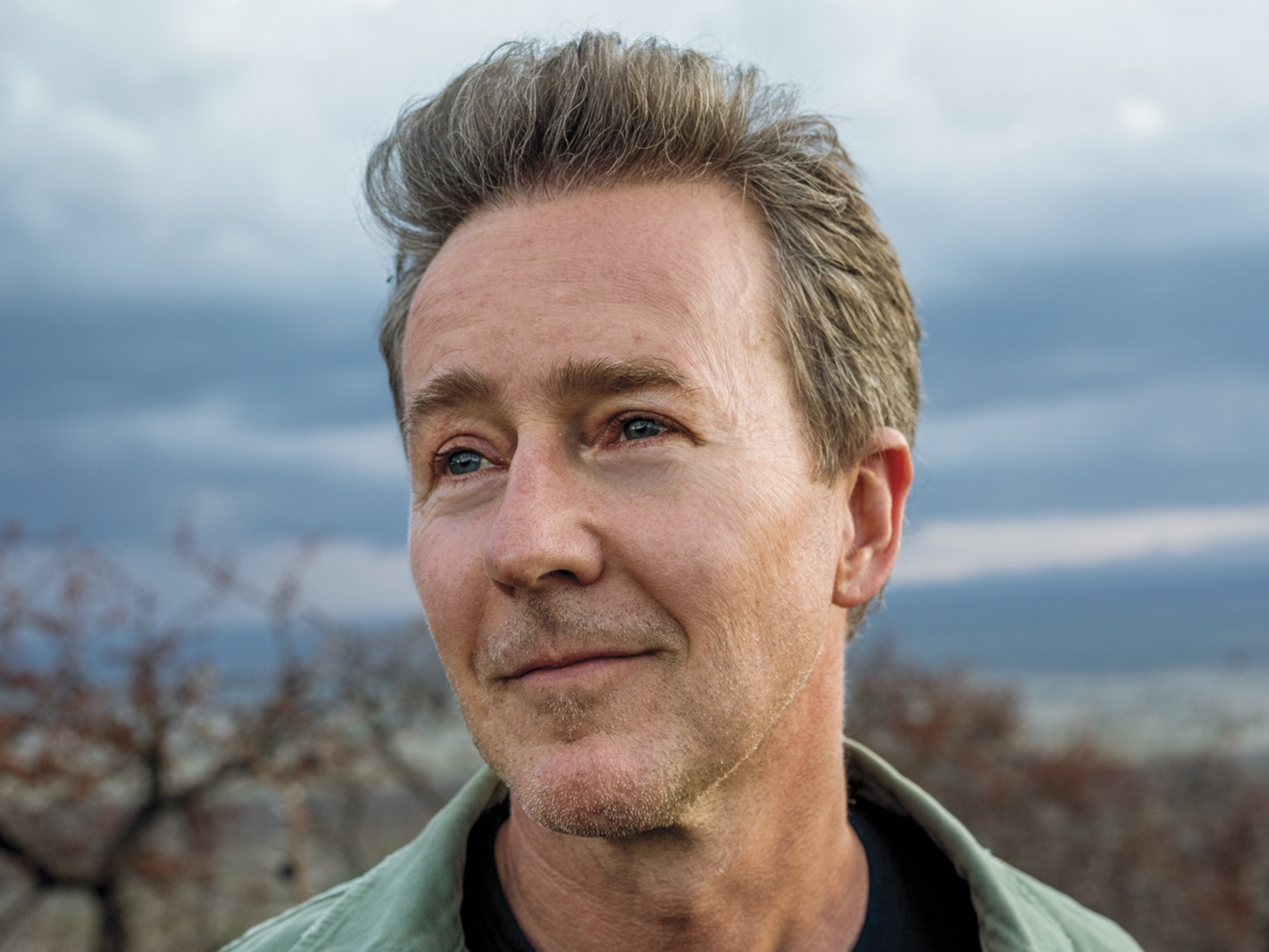Paralympic legend Oksana Masters might be capable of doing anything
Adaptive rowing? Sure. Cross-country skiing? Why not? Hand-cycling? She dominates. But the 19-time Paralympic Games medalist’s most meaningful achievements might come as a mentor.
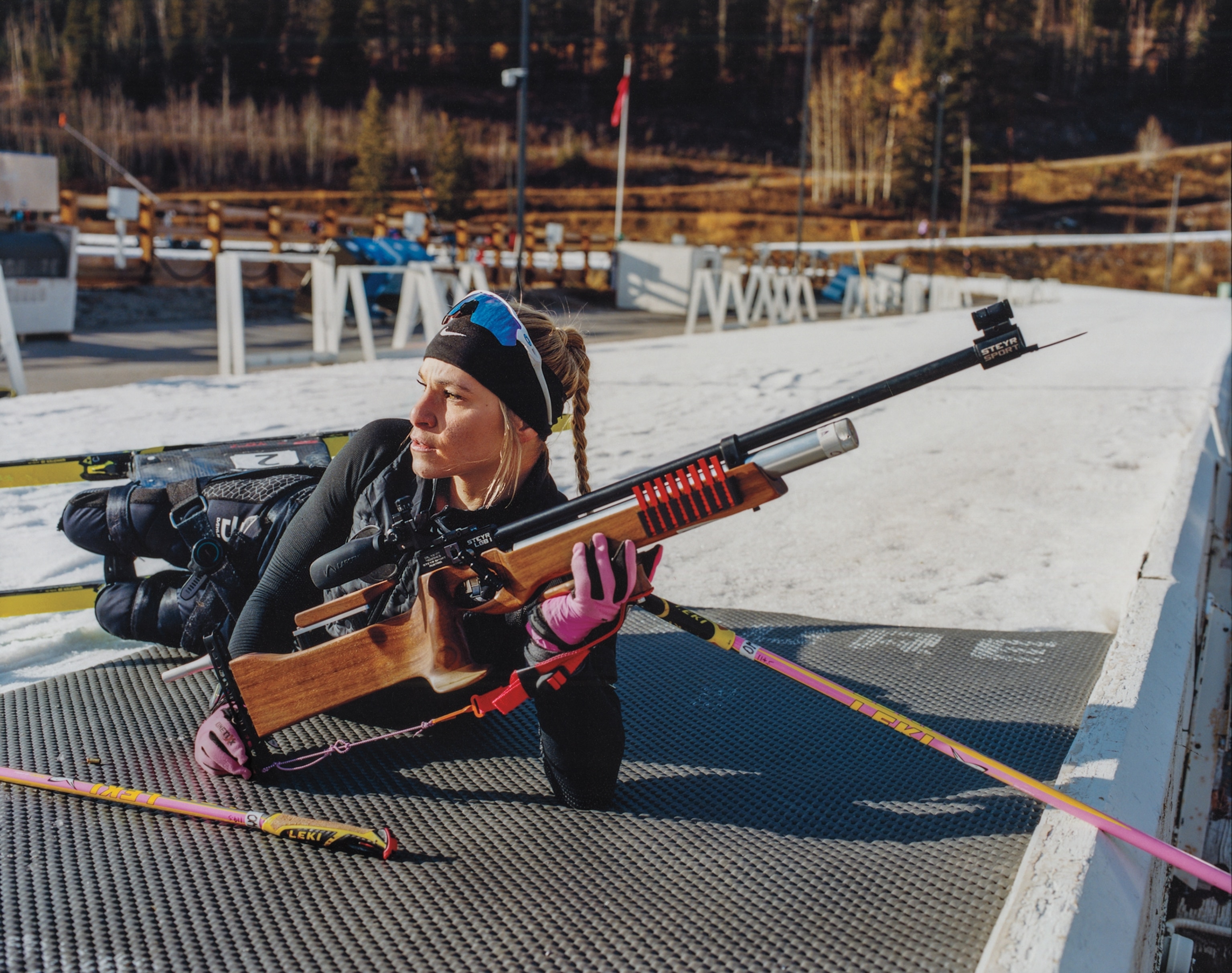
The tight fit of the aero helmet muffled the sounds of the world around her. But Oksana Masters had no trouble hearing the kids sitting along the roadside: “Whoa, look at that! It looks like a rocket!” She was pedaling her hand cycle, scouting the course of a para-cycling road race, and when she heard the kids, she smiled. Then she thought of what they didn’t say: Where are her legs?
Born in Ukraine in 1989, three years after the disaster at the Chernobyl Nuclear Power Plant, Masters entered the world with a host of congenital deformities: six toes on each foot, five webbed fingers on each hand, no thumbs, and no tibiae. Her left leg was six inches shorter than her right. She grew up in an orphanage where she endured near-constant hunger, years of sexual abuse, and the beating to death of her closest friend. She was nearly eight and weighed just 34 pounds when she was adopted by a college professor named Gay Masters and came to the United States.
By the time she was 14, both of her legs had been amputated above the knee. Her hands had been reconstructed, in part to turn her fifth finger into a thumb; her fingers were still partially webbed; and surgical scars laced her skin. She covered her body with long sleeves and pants, but still, she felt like a freak. Kids were cruel, and adults at school told her she couldn’t join the dance team. She began to hate who she saw in the mirror. When she started adaptive rowing, she only did it to satisfy her mom. She wanted nothing to do with being “para.” In her mind, she was already different enough.
On the water, she felt an unexpected sense of safety and power and release from the torment of the past and the present. And it was her “weird body,” she realized, that had guided her there. She became a champion rower, winning bronze at the 2012 London Paralympics, and discovered something extraordinary: She was an even better skier. She won nine Paralympic medals in cross-country skiing, three of them gold, then learned she could shoot a rifle on skis and won gold in the Paralympic biathlon. Along the way she took up yet another sport, hand-cycling, and dominated that too. Masters has won three world championships and four Paralympic golds. Now 35, Masters has competed in seven consecutive Paralympic Games—every Summer and Winter Games since 2012—earning 19 medals along the way and a reputation as one of the most dominant multisport athletes of all time.
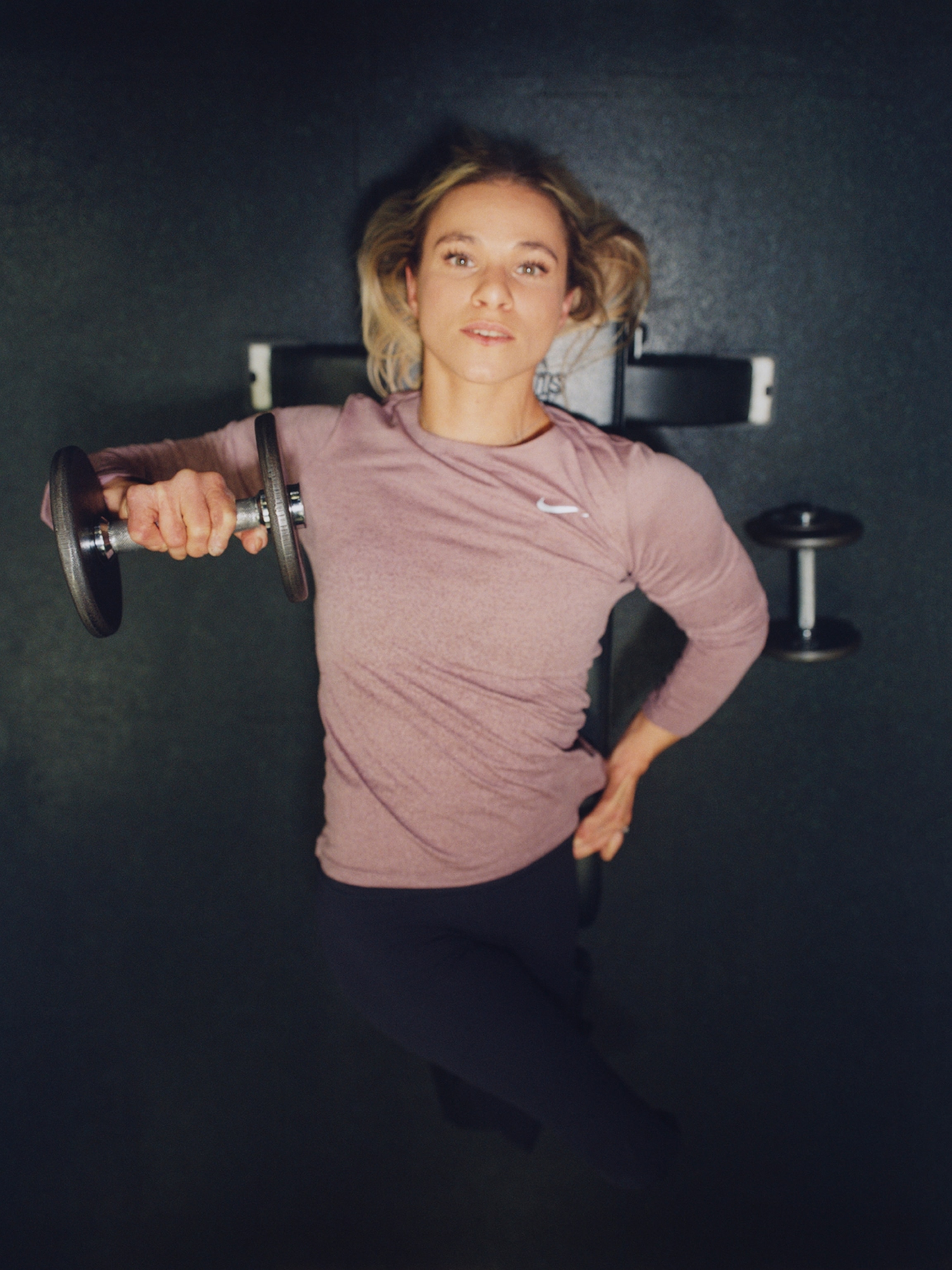
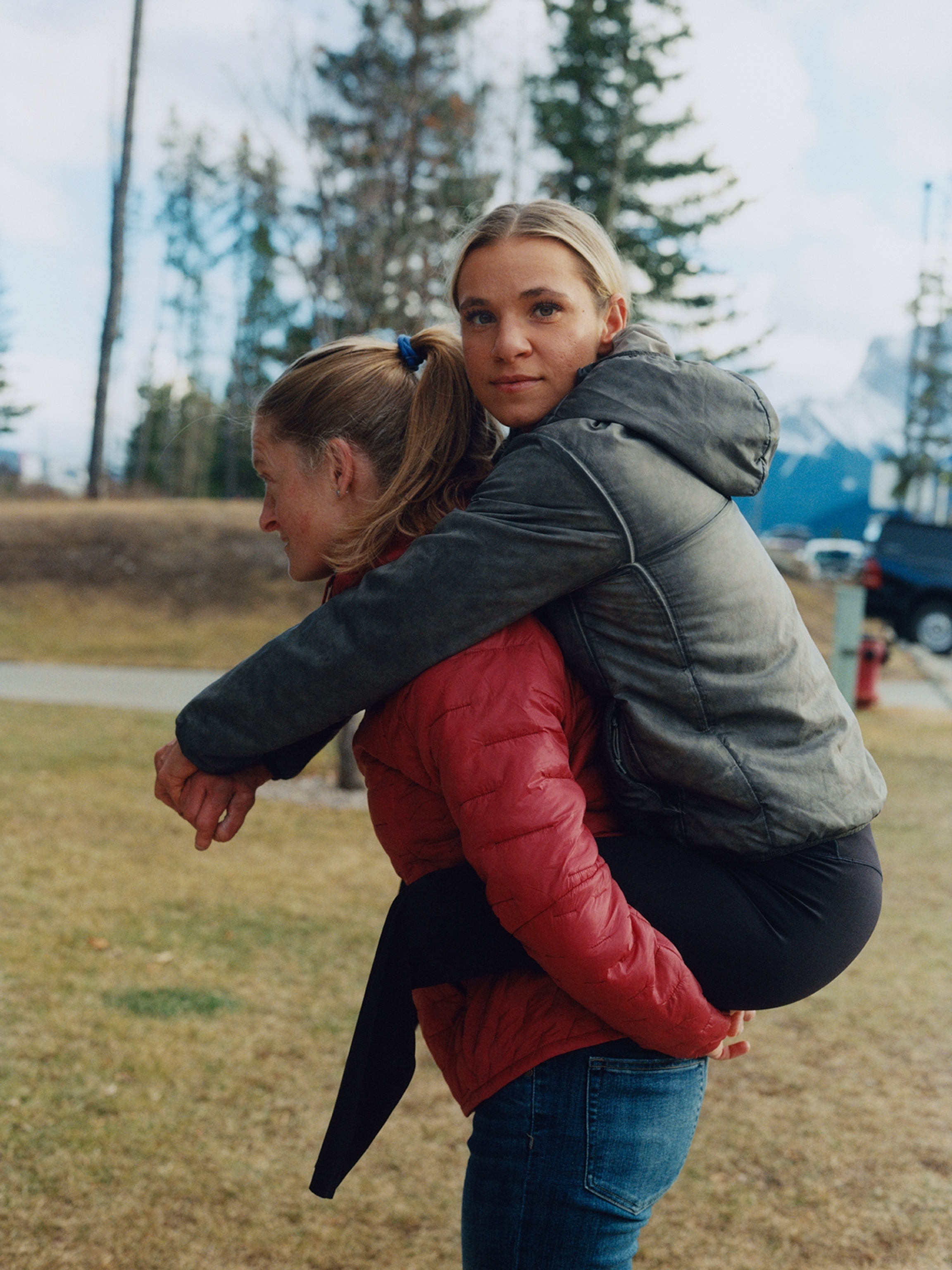
She happens to have accomplished it all while pushing through debilitating injuries and declining hand strength. With every setback, she doubles down. Trains harder. When she finally gets to the starting line, she often doubts herself but trusts her coaches, and when she wins, she asks them what she could have done better. “You cannot convince her of how good she is,” says her fiancé, Aaron Pike, a seven-time Paralympian in both Nordic skiing and track and field. “She doesn’t see it.”
Masters is now one of the faces of the Paralympic movement: She has been in ads for Delta and Toyota, on the big screen in Times Square, and her image is currently on a building on Nike’s campus. People come up to her in the grocery store, and though she’s pulled in so many directions between training and racing, sponsor obligations, and media appearances, she’s gracious with her time. Especially with kids. Especially if she overhears their parents telling them not to stare. She knows her prosthetic legs can look scary, so she tells them how the legs she was born with hurt her and made it hard to walk. So she needed a new pair.
“All of a sudden, they start asking, ‘Can I touch it?’” says Masters, who sometimes takes both legs right off so the kids can get a good look. “The more you talk to them, the more they start to see you as a normal person. And I do this so the parents know it’s OK for their child to ask questions. How else are they supposed to learn?”
For Masters, it’s all about modeling what’s possible and normalizing what’s different. While she helps promote gender equality, she’s perhaps most passionate about her work as a co-founder and vice president of Sisters in Sports. The nonprofit uses athletics to bring young girls and women with disabilities together through wellness programs, financial grants, and mentorship. Some participants are new to sports or newly disabled, while others are striving to make a Paralympic team.
As a mentor, Masters gives advice on training and racing. But what she loves most is getting real. Opening up about insecurities and hard days. She tells other athletes how she used to hide her hands and her prosthetics, how she looked in the mirror and said horrible things to herself, how alone and ashamed she felt. “They’re shocked to learn that I wasn’t always this happy or this confident,” says Masters. “And that’s when they start to realize, ‘Oh, you were where I am right now.’ I understand exactly the path they’re on, and I’m trying to help them change the way they see themselves.”
Ever since her first day on the water, Masters has viewed each training session as a chance to be better. She hopes to make the 2028 Paralympic Games in Los Angeles, potentially her last. She wants to line up alongside the next generation of hand cyclists. If those young competitors beat her, she’ll be the first to congratulate them. And if one of them happens to be an athlete she mentored? Just thinking about it gives her goose bumps. “I think that’s honestly when I would feel satisfied as an athlete, knowing the sport is better because I was there,” she says. “I want those women to take that torch and carry it past me.”

